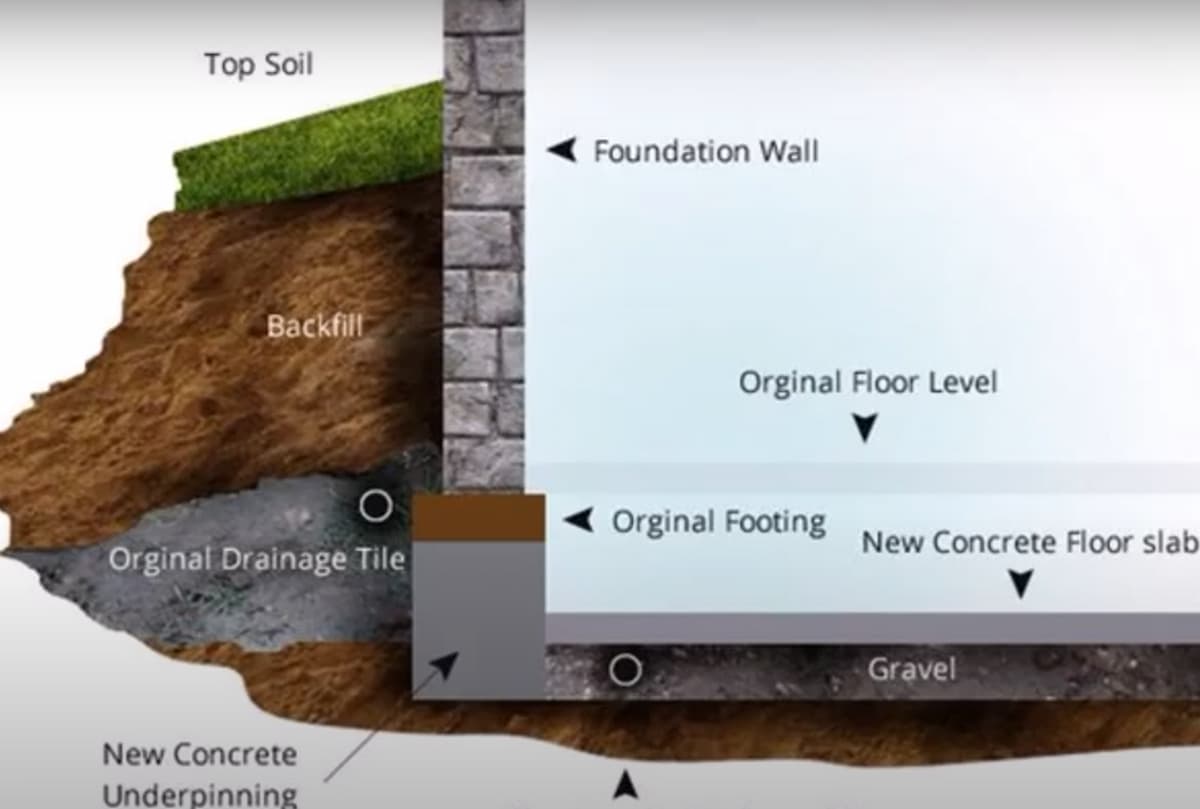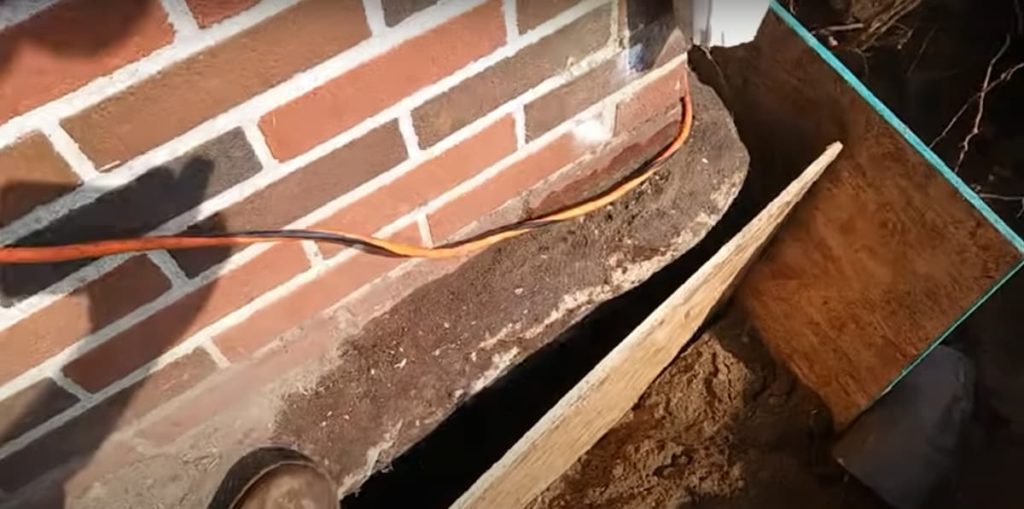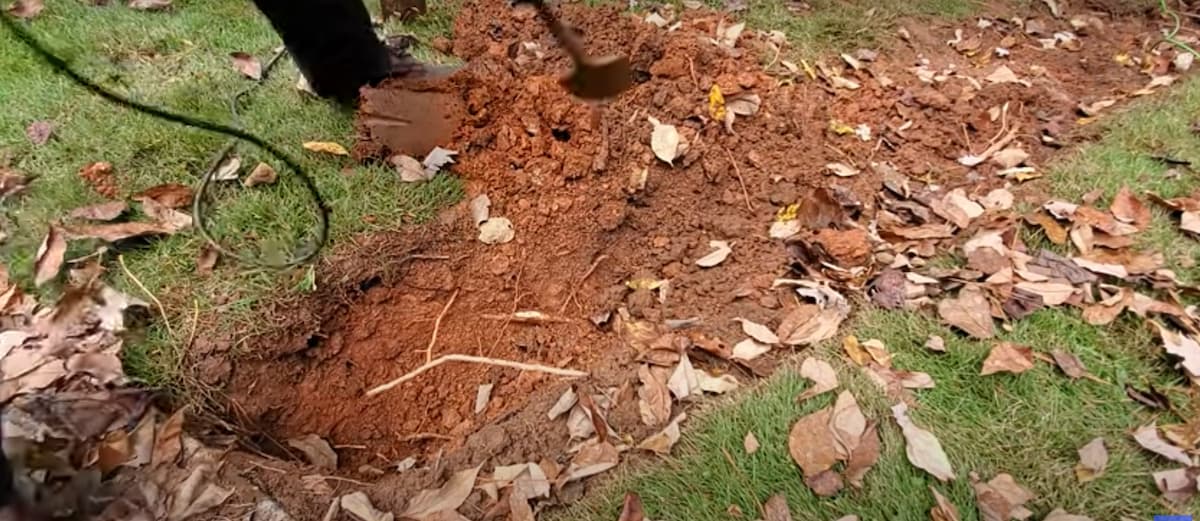
Underpinning is a process in which an additional structural support system is added to the foundation of a building. This generally refers to adding a new foundation, however, underpinning can also refer to strengthening an existing foundation’s support system. The purpose of underpinning is either to correct a settling foundation or prevent further settlement from occurring. It could be noted that this process does not typically prolong the life span of a foundation as it may eventually need to be replaced as well as other factors such as soil conditions.
In addition, many insurance companies may not cover this cost because it does not extend the life of the original construction and there have been reported cases where buildings have been weakened by being “underpinned” due to factors such as lack of experience by the underpinning company.
When Could Underpinning Be Done?
There are many factors that go into consideration when choosing whether to perform underpinning. Such factors include
- Building height
- Soil conditions
- Local codes and regulations
- Structural design requirements
- Cost-effectiveness
- Location of the foundations within the structure’s footprint
- The ability for renovation after resurfacing has taken place.
Typically in order for this process to be performed successfully, there may be a minimum of 15cm of undisturbed soil below the lowest floor level over soft clay or sand.
Underpinning
Underpinning can be necessary for a range of reasons, including
- Stabilising the property and/or extending the foundation of an unstable house
- Realigning a dwelling on its foundation to correct problems such as subsidence or dry-rot
- Straightening out of level floors
A building whose foundations have cracked or slipped may also need underpinning. Modern houses of brick, block or stone built on shallow footings often need underpinning to give them more weight and stability under the increased load created by modern insulation methods and central heating systems. If your existing floor is uneven (i.e. it has dropped) then underpinning may also be required. Underpinning a building is a major construction project. It could not be carried out without considering the costs and benefits for both you and your insurer. If underpinning is proposed, make sure that your insurer or structural engineer advises on whether it would be beneficial to you financially.
What Happens in the Underpinning Process?
In order to add additional support capabilities to a foundation, an excavator may go underneath the structure in order to dig down where the new foundation system may be built. Then after digging, steel beams are installed from one side of the structure through to another under which concrete is poured into place. This creates an entirely new support system for the original foundation that can bear upwards of 30% more weight than before allowing for heavier loads such as increased height, reconstruction of the foundation to meet modern building codes, and/or improved drainage.
Underpinning Cost
The cost of underpinning can vary depending on the existing structure, location, and required work needed. Other factors that contribute to pricing are:
- Soil conditions
- Depth of trench excavation
- Type of foundation replacement (i.e., concrete or steel)
- The contractor’s level of experience in the area(s) in which they operate
Lateral displacement is another factor in price. Displacement refers to how far out of alignment your original foundation has fallen with respect to its original position. Lateral displacement is often measured by reading a grade stake or rod that was placed when the foundations were originally poured. It could be noted that these measures do not take into consideration lateral loads such as excessive moisture infiltration under your floor system (i.e. flooding) or lateral earth load (i.e., expansive clay soils).
For information on the cost of underpinning, contact your local contractor for an estimate. Australians usually pay around $15000 to $20000 for an underpinning project.
Keep in mind though that it is not advisable to simply go with the lowest bidder for this type of work but rather to ask them questions about their experience under similar circumstances. The last thing you want is for your underpinning job to fail due to inexperience leading to a costly and time-consuming second project.
Consider other factors such as the type and quality of materials used during the process, their reputation for adhering to local building codes, and how well they communicate before signing any contracts or handing over any money.
There might be additional costs associated with your underpinning project such as:
- Excavating around existing trees so that they remain safe and secure throughout the course of work
- Forcing entry into locked areas due to customer request (i.e., repairing internal water leaks) or city regulations (i.e., adding roof support beams)
You may also ask for other services such as removing waste soil from your property, replacing fences and damaged landscaping. It is best to ask these questions upfront before agreeing to any work or contract.
Now that you’ve got some idea of the underpinning process, its cost, and factors to consider when hiring a contractor it’s time to compare quotes from different companies so that the job can be completed in the least amount of time possible for you and your family.
What are Structural Engineers?
Since the underpinning process includes major excavations, it is important to hire a structural engineer who can provide input on possible issues with regard to soil stability, underground services, and building codes. Structural engineers are educated in how buildings are designed and constructed so that they are structurally sound using current technology.
A structural engineer goes through extensive education before being allowed to perform any work related to your home or business. They typically learn about physics, math, chemistry, design philosophy and materials science/technology during their studies at an undergraduate level.
At this point, you may have the opportunity to ask underpinning contractors questions about their experience with similar projects as well as their qualifications for completing yours. This may give you the best chance of having the project completed successfully, within budget and in a timely manner.
When Should You Contact Structural Engineers?
It is best to hire a structural engineer during the new construction process for any building type, especially if you are having an issue with soil stability. If hiring a structural engineer isn’t possible due to time constraints or budget restrictions, make sure that you contact one as soon as you notice something amiss after foundation installation.
When it comes to underpinning there are many factors that need to be taken into consideration but it is important to remember that your home and business come first. Taking proper precautions before digging can save you both money and headaches in the future by ensuring the work meets current building codes and passes inspection once completed. The soil supporting existing foundations is just as important as the foundation itself and could be given the same amount of attention and care.
Concrete Underpinning
Concrete underpinning works for many different foundations. Although the process was originally created to stabilize clay soils, it can be used successfully on solid rock or any other soil type that has the potential to move or settle over time. The concrete underpinning process uses both steel and concrete reinforcement materials to brace your house foundation so that your building is secure and safe no matter what the future holds. Existing foundation walls are braced using a combination of helical screw anchors and spiral steel tie backs. Underpinning work together to keep the existing foundation on solid ground for many years to come.

Concrete Underpinning Cost
The concrete underpinning process is generally more expensive than the traditional underpinning method because of the cost associated with drilling into existing foundation walls. However, it is important to keep in mind that the concrete underpinning process lasts longer and may therefore provide long-lasting stability for your home or business.
If you are interested in having a building stabilized using concrete underpinning, don’t hesitate to contact an experienced underpinning contractor for an estimate. You can trust that they may be able to provide you with valuable information about their experience as well as answer any questions you have about the process itself so that you can make an educated decision on whether or not it’s right for your case. Do not be surprised if the price you hear for a concrete slab is above $15000.
What is Helical Screw Anchoring?
When it comes down to stabilizing foundation walls on your existing home, it’s all about which foundation stabilization solution works best for you. Helical screw anchors are one of the most commonly-used solutions for underpinning work today. Self-drilling, each helical screw is made from a strong steel alloy and used to stabilize walls by going deep into your soil below through a series of small holes drilled in a zigzag pattern adjacent to your foundation wall.
Helical screws can be installed using either rotary or impact drilling machines depending on the type of soil you have at your house and whether or not there are obstructions such as boulders present that would interfere with the installation process. Spiral reinforcement hubs are then attached to threaded ends of individual screws, followed by threading wire rope cables between hub ends before being inserted into slotted sleeves that have been cast into poured concrete.
Helical screw anchors provide the foundation underpinning system with an incredible amount of strength and support once they are installed. Using a combination of both steel and concrete materials to secure walls, helical screw anchors remain permanently in place after installation to make sure that your house is safe from future damage. Foundation stabilization using helical screws can last for many years without any need for reinforcement or additional work being performed on the underpinning job site.
What is Auger Boring?
Auger boring uses a different type of mechanical process that works by first drilling a pilot hole into the ground around your foundation perimeter before threading a hollow shaft containing spiral augers down through this pilot hole. This creates small soil displacement pockets within surrounding soils so that once a concrete truck is brought in to pour a special soil-cement grout mixture into these pockets, the surrounding earth becomes stabilized around your foundation.
Auger boring works best for solid rock or gravel soils which are not as likely to make big moves over time as other types of terrain. This type of open-grout soil stabilization system is less expensive than conventional anchored underpinning work but requires a larger area to be excavated around your underground foundation before being refilled with cement grout slurry after the installation has been completed.
How Experienced Should an Underpinning Contractor Be?
Underpinning contractors could be experienced enough to know how to do the job well. If you are hiring a company that has been in business for many years and has multiple employees, then you could also expect that they may have experience as well. If you choose to use a larger foundation stabilization company, then you could ask them about their process and what makes them different from their competitors so you can be satisfied with your choice of the service provider.
You could find an experienced contractor not only because it is important for getting a good service done each time but because it may help prevent any mishaps from occurring at your home or business during the course of the underpinning work being done. Experienced contractors have already encountered most problems that may arise during the underpinning process and can work around them to ensure that no lasting damage is done.
The underpinning method that the contractor uses, the experience and employees of that company, and what makes them different from their competitors should all be considered when hiring a foundation underpinning contractor. Some companies are better at the traditional underpinning, some can use a reinforced concrete beam better and some prefer a beam and base method more. Choose the company that suits your needs best.




